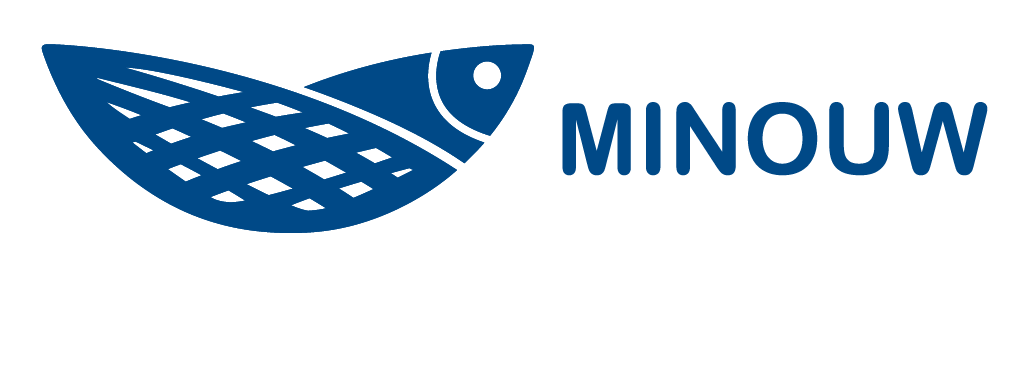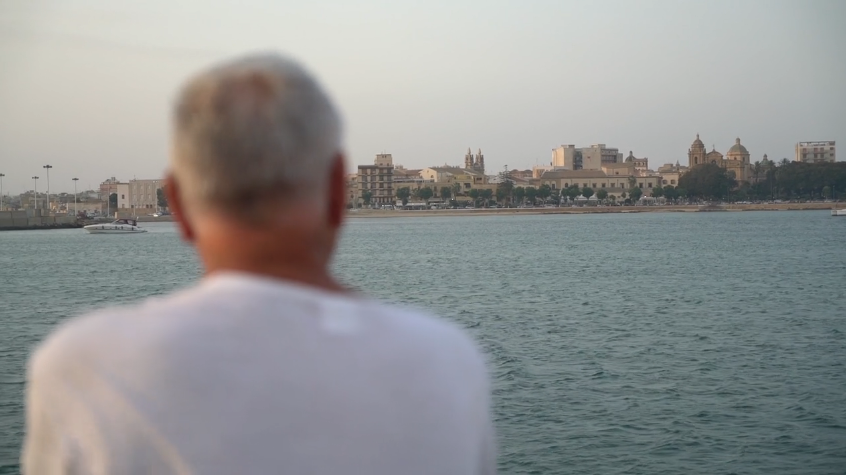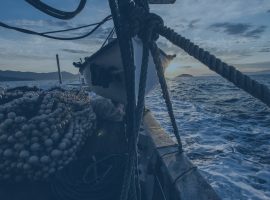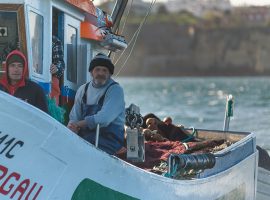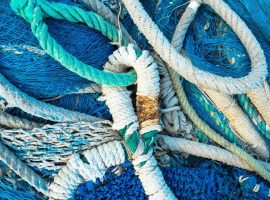The MINOUW project has successfully pioneered a cooperative approach for fisheries management and research, which has delivered practical and cost effective solutions for fishers across the Mediterranean. But what have we learned?
Our collaborative approach placed fishers at the centre
After decades of top-down processes and regulations the MINOUW project created a precedent by demonstrating how necessary it is to give all stakeholders in fisheries management an equal voice.
This included representatives of NGOs, academics, public administrators (both local and national), fisheries managers, and, at the heart of all, the fishers whose invaluable knowledge and insights helped drive the development of our solutions.
Our experience has shown that building consensus between stakeholders in this way is the best way to successfully develop and implement new regulations and to create lasting change in fisheries management.
Better communications at all levels unlocks success
MINOUW's multi-actor approach has also focused on building and nurturing communication channels between everyone invested in the sustainable management of fish stocks. Continuous dialogue and feedback between fishers and researchers has embedded fishers in the process of developing solutions, and public administrators at all levels - local, national and international - have become better able to understand the specific needs of fishers and researchers.
The solution in the Balearic Island Fisheries highlighted this perfectly. The Crystal Goby Fishery established a co-management committee with members who are fishers, scientists and administrators to manage the fishery with an on-going collaborative and communicative approach. The committee developed and approved a fishery management plan based on quotas (TAC), even though previously fishers have usually opposed any kind of TAC implementation.
Adopting whole-scale success
MINOUW has participated in numerous other projects to develop selective techniques across the Mediterranean, some of which have been recognised and taken up by the whole region.
The T90 mesh panel is a simple adaptation to fishing gear that reduces undersize catch in European hake by 52%, helping to ensure stocks are sustainable for future fishing. The Spanish Ministry of Agriculture and Fisheries is currently planning to apply the T90 mesh panel to the entire fishing fleet. Fishers played an integral role in the development and implementation of the T90; their suggestions provided useful technical indications for constructing the experimental nets.
The guarding net developed with fishers in Viareggio was awarded 'Best Practices' at the the FAO/GFCM and European Commission organised "High-level Conference on Sustainable Small-Scale Fisheries in the Mediterranean and Black Sea” (Malta, 25-26 September 2018). This gave greater visibility to a simple adaptive technique that can reduce discards in Caramote prawn fishing by up to 75%.
These successes lead the European Commissioner Karmenu Vella to note the impact of the MINOUW approach in his opening speed to the GFCM Fish Forum 2018 event, held in Rome.
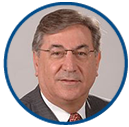
“The European Union is committed to the science agenda, our research funding has already supported scores of studies and hands on scientific projects, for example, the MINOUW project that has improved gear selectivity”
Karmenu Vella, European Commissioner .
New insights promote new successes
Throughout this work, MINOUW has gained new insights and learned new lessons. For example:
- we now have a better understanding of the role and power of the Mediterranean Advisory Council (MEDAC), which has enabled us to promote local level solutions across the European region;
- we discovered that when researchers and fishers maintain a consistent flow of information with local and national administrators about the outcomes and solutions of field case studies, administrators remain engaged with the studies even if they are unable to participate directly in the research;
- we also noticed the benefits of a professional facilitator (in this case from WWF) with knowledge of a fishery on a management team, as this really helped to establish productive relationships and build the fishers' trust and cooperation.
However, we feel one lesson was more important, and more valuable, than all of the others: building a consensus amongst all actors in fisheries management has been key to the effectiveness of our work. Ultimately, placing fishers at the centre of the project provided our path to success.
Additional information
www.minouw-project.eu/wp-content/uploads/2017/10/CS-1.5-Results-Bottom-trawl-crustacean-fisheries-in-Sicily-Italy.pdf - Case study from Sicily on sorting grids.
http://minouw-project.eu/wp-content/uploads/2017/10/CS-3.5-Results-Trammel-nets-in-Tuscany-Italy.pdf - Case study from Tuscany, Italy on guarding nets.
http://minouw-project.eu/wp-content/uploads/2017/10/CS-1.4a-Results-Sea-Bottom-trawl-Catalonia.pdf - Case study from Catalonia on the T90 mesh panel.
http://digital.csic.es/bitstream/10261/150549/4/Balearic_Islands_boat_seine_fisheries-Poster.pdf -Balearic Islands boat seine fisheries: the transparent goby fishery

